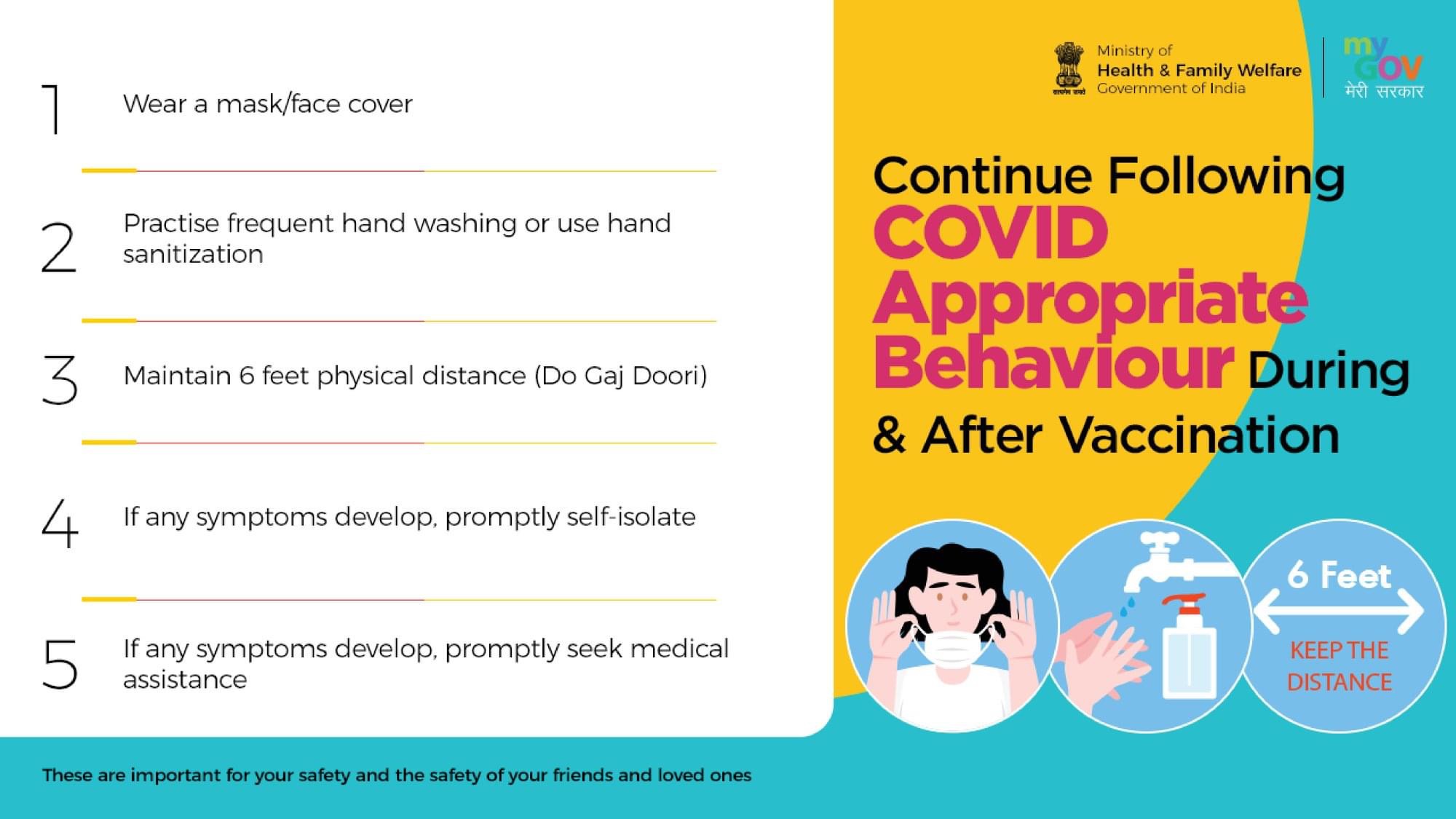Live Classes

Vaccination must be accompanied by COVID appropriate behaviour.
Nearly a year after India rolled out the COVID-19 vaccination programme, it began administering a ‘precaution dose’ — scientifically called a third or booster dose — to people above 60 years with comorbidities, health-care and frontline workers on January 10. On day one, about one million people received the booster shot. Though 98 million people above 60, 9.7 million health-care workers and nearly 17 million frontline workers have received the second dose as on January 9, the actual number of people in the three groups eligible to receive the booster dose will be lower. The reason: only those who have taken the second dose nine months or 39 weeks ago will be eligible to receive the booster shot. Also, among the elderly, only those with comorbidities will be eligible to receive the additional shot. The nine-month gap between the second and the booster dose is not based on any clinical trials but evidence of protection offered by natural infection lasting up to that period. The only data on homologous boosting of fully vaccinated individuals six months after the second dose comes from a study using Covaxin in 184 participants; Covaxin comprises 12.7% of the nearly 1.52 billion doses administered so far. But a sizable percentage of the fully vaccinated might have had a previous infection, increasing the level of protection and possibly the duration of protection that hybrid immunity offers. A booster shot in such people will confer greater protection against severe disease and death.
Download pdf to Read More